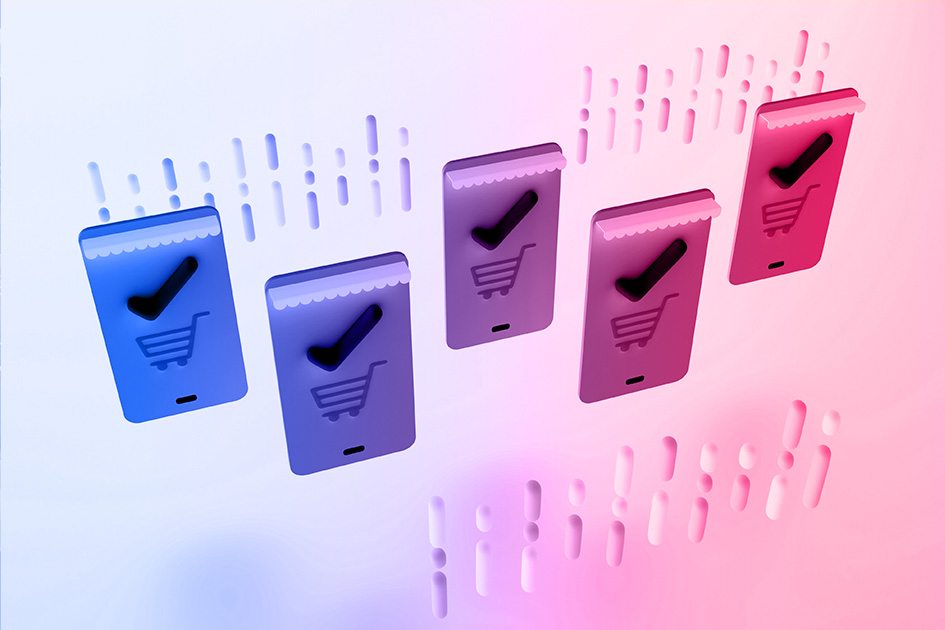Jérôme Petit, Managing Partner & Global lead Retail at Artefact, examines the uses of AI to see how it will serve retail by the year 2030.
AI isn’t new! The term has been around for almost 70 years (it was first used at a conference at Dartmouth College in 1956.) The discipline itself is a bit older if we trace it back to the beginnings of cybernetics in the 1940s. But what has changed dramatically since the advent of generative AI is the degree to which access to AI has been democratized. We can all now benefit from AI. This is particularly important in retail, a sector where margins are so tight that everything hinges on operational excellence. “Retail is detail: every tenth of a point of incremental performance radically changes business profitability. AI is already enabling retailers to “perfect the gesture” in at least five different ways. These use cases allow us to predict how these technologies could reshape the industry by 2030.
- Automation of repetitive tasks
By 2030, 100% of repetitive retail tasks will be at least augmented, if not fully automated. In “Star Trek,” systems embedded in the starships of the United Federation of Planets assist the crew on a daily basis, allowing them to focus on exploration, diplomacy, or solving interstellar problems. With AI, professionals can focus on value-added tasks by freeing themselves from repetitive ones. This is called augmentation delegation by labs like LaborIA at the Ministry of Labor and INRIA, which are working on the impact of AI in business. And there are many such tasks in retail! First, I think of new product onboarding, which can be greatly improved by AI, as is being done by Adeo, which uses this technology to automatically classify products into appropriate nomenclature categories. This approach automatically extracts relevant attributes from the information provided by manufacturers. The result: the time needed to integrate new products is reduced by 90%, while their attractiveness is increased thanks to a more precise and detailed presentation, without errors or ambiguities.
2. Personalized marketing
By 2030, we will have entered the world of marketing message customization. Think of the DOOH screens in Minority Report that speak to Tom Cruise: “Good to see you again, Mr. Anderton, what do you think of this sweater? It would look great on you, don’t you think?” AI is also making possible what was previously impossible. This is called augmentation-remediation. Carrefour has developed an AI that personalizes the assortment in each of its convenience stores. Each month, 10% of its products are replaced by references that, based on the actual sales speed measured in more than 3,000 stores, serve the same units of need with better performance specifically in the store in question. It would be impossible for humans to make sense of this amount of data. The result: a 1% incremental increase in turnover. Individualized marketing is the holy grail! Retailers have been using data collected from loyalty cards and website visits for years, but creating personalized messages in real time remains complex; progress is being made for “batch” activations such as CRM email campaigns or push SMS. However, the cost and latency associated with using LLMs such as GPT-4 has slowed their adoption for live advertising. However, the technology is advancing rapidly. Last year, ChatGPT took 30 seconds to generate four lines of text, while today OpenAI’s Sora produces ultra-realistic video in seconds. In addition, the cost of inference has dropped by a factor of four in one year.
3. Ubiquitous AI assistants
By 2030, we will use AI assistants as naturally as we use a PC today. Have you seen “Her” by Spike Jonze? When AI assists an employee, it can enhance their performance. This is called augmentation cooperation. Studies show that the quality of stories created by writers who receive five creative proposals from an AI is 50% better than those who do not. And at Artefact, our data engineers now use AIs that interact with them to produce their code. The result: 35% more features going into production per day!
4. Rapid skills development
By 2030, the time it takes to upskill a new employee will be reduced from three years to three months. Think of the magic pill Bradley Cooper takes in “Limitless.” AI reduces the gap between beginners and top performers by accelerating the generalization of best practices and the upskilling of the younger ones: this is augmentation-rationalization. In retail, this is particularly evident in customer service or in forecasting tasks for preparing replenishment orders.
5. Zero losses in supply chains
By 2030, zero losses in the supply chain thanks to AI. Just like the server equipped with smart glasses in “Back to the Future II” who can anticipate customer orders, AI enhances employee decision-making by challenging or reassuring them. This is called augmentation-security. The use of AI already avoids 15% of breakage in perishable products and, symmetrically, avoids 15% of revenue loss due to stockouts. These technologies support the forecasts of demand planners or the promotional commitments of stores by taking into account the performance of past promotions, the forecast stock at the back of the shelf, the effects of cannibalization between products, and the variability of service rates from suppliers. In my opinion, human and operational excellence are often wrongly pitted against each other. In retail, the latter is mandatory to be competitive, it makes all the difference between gaining and losing market share, between success and failure. AI makes it easier to achieve the perfect gesture by augmenting human capabilities. It frees up time that can be used to offer consumers a nicer, richer, more personalized experience. Ultimately, more human.
About the author: Jérôme Petit, Lead of the Retail Practice at Artefact, has been active in the field of data-driven solutions for 20 years. He specializes in issues related to the digitalization of large-scale distribution and works with almost all the groups in the sector.

 BLOG
BLOG






